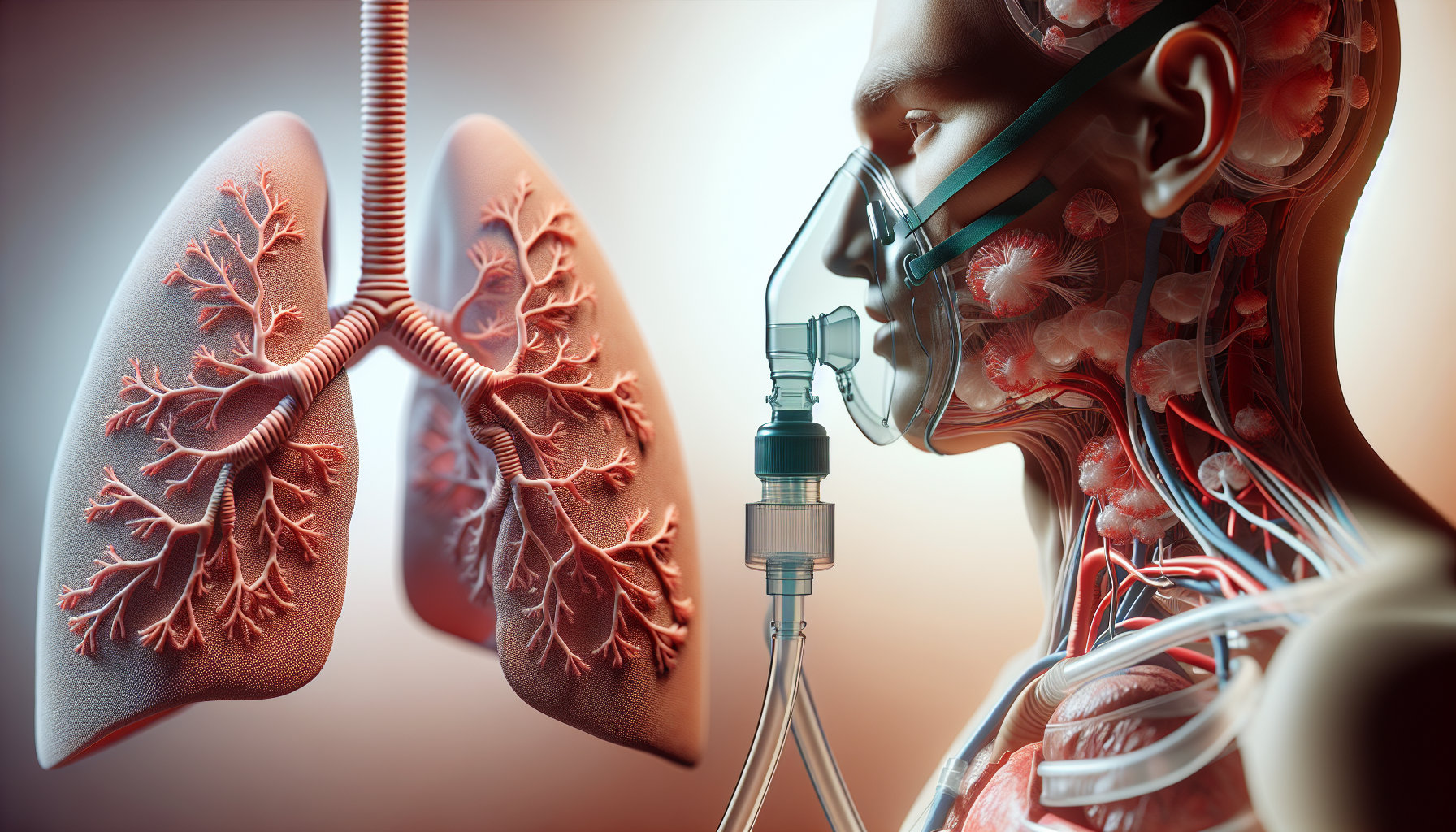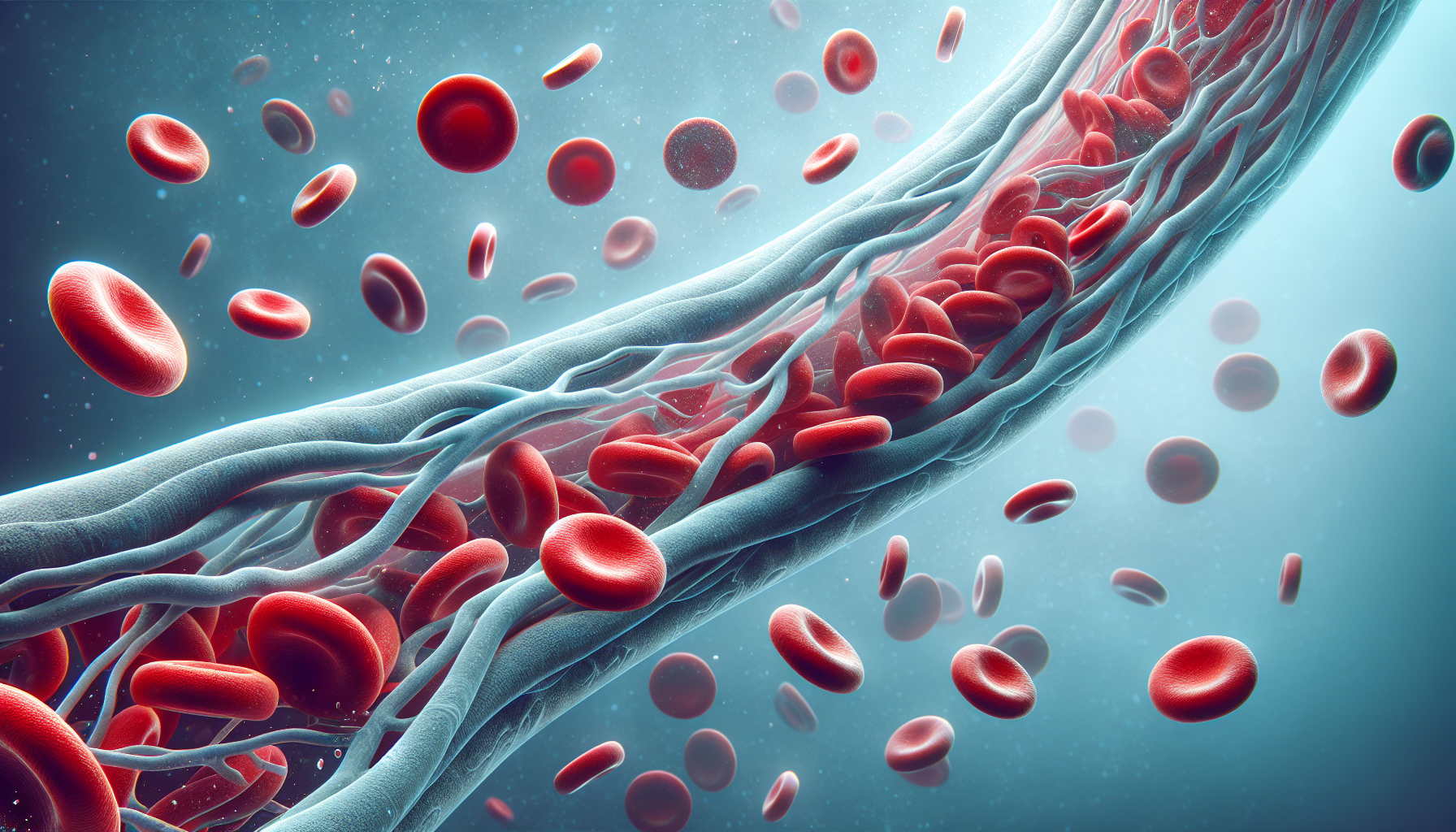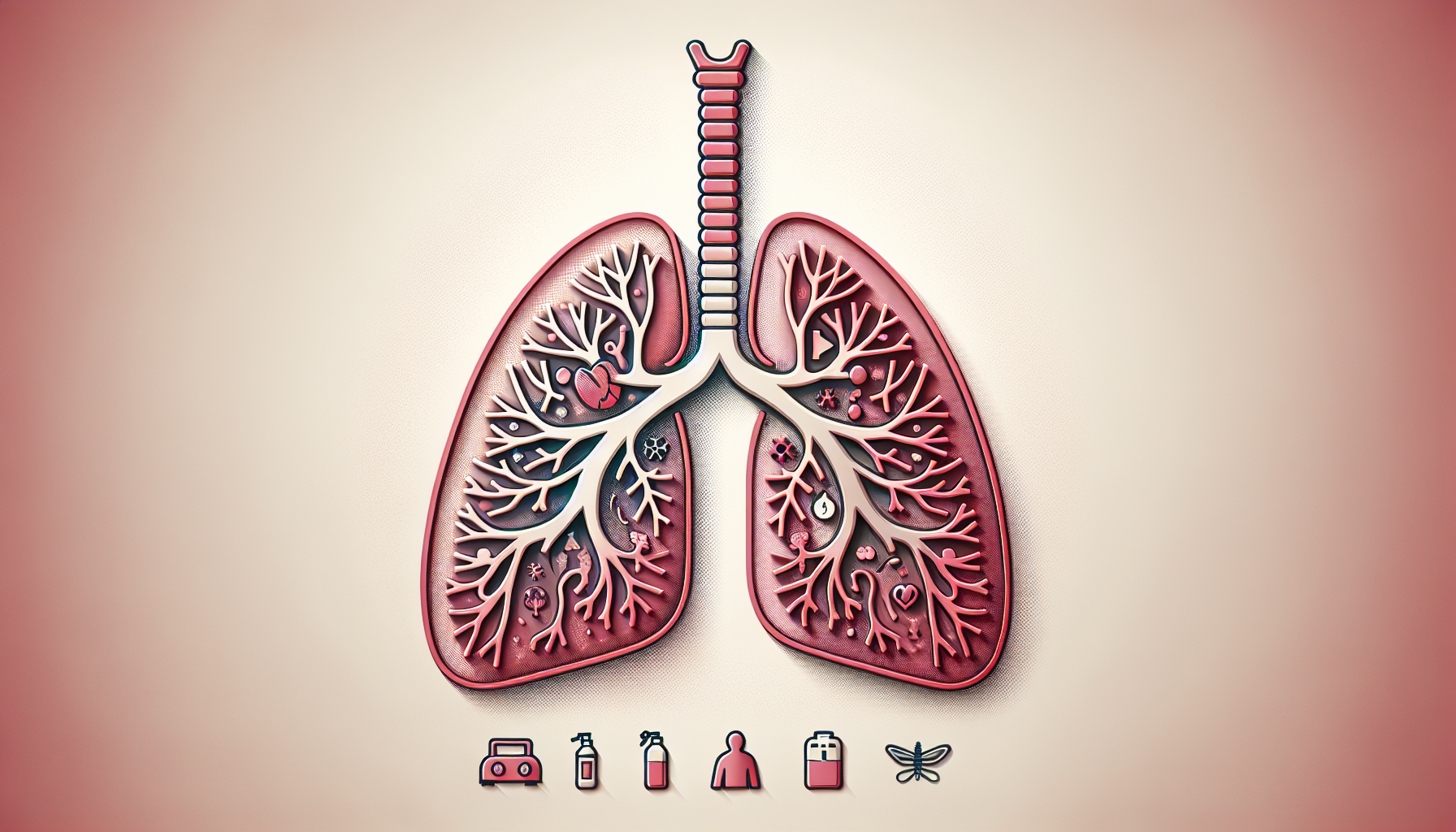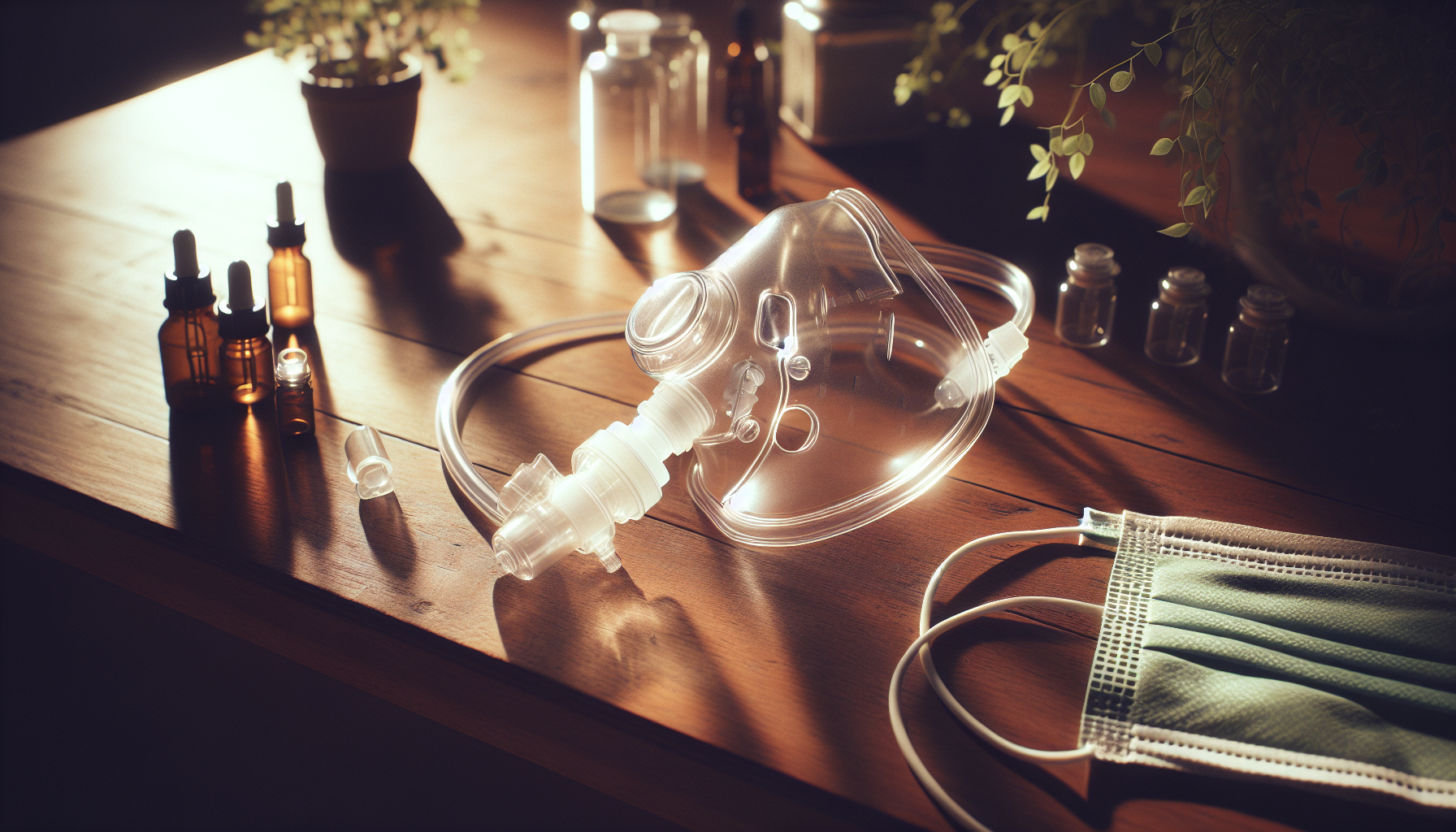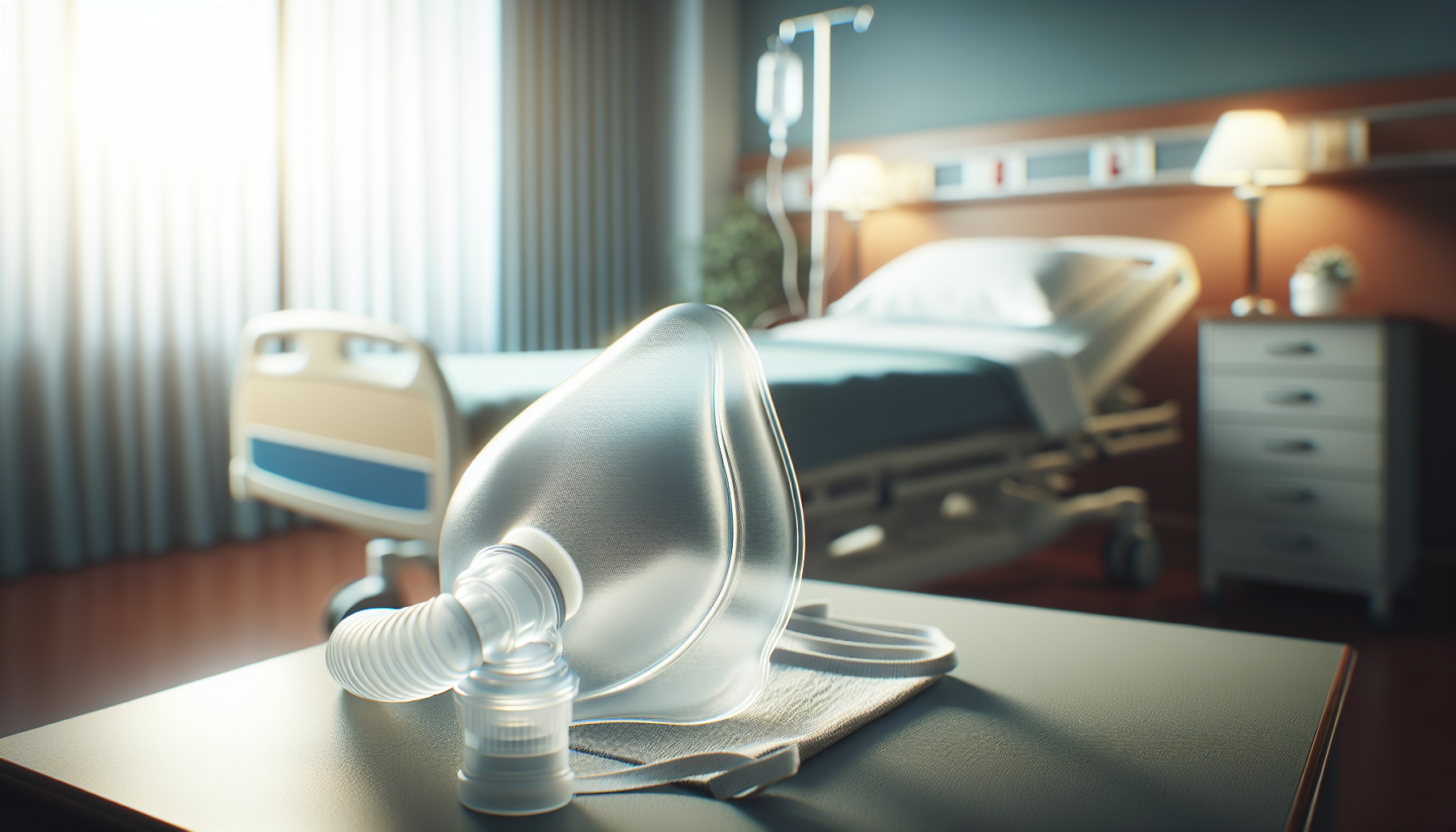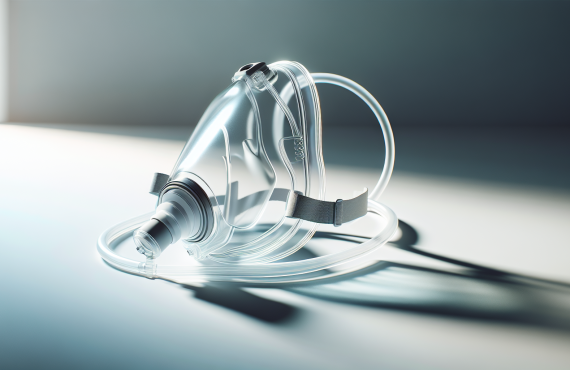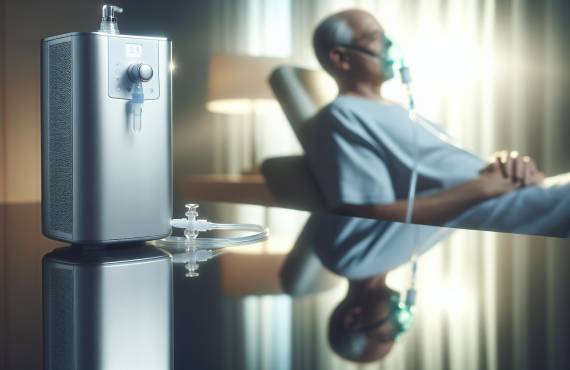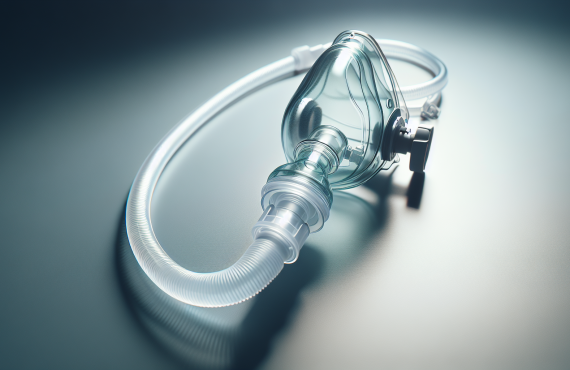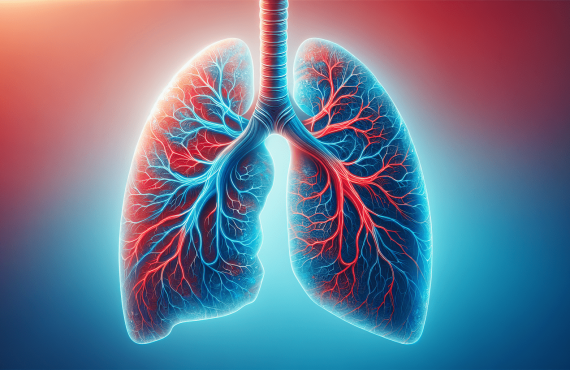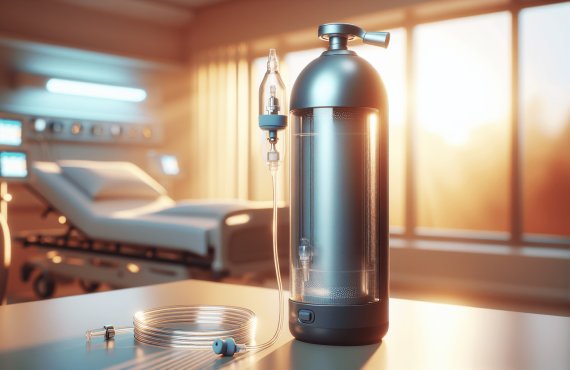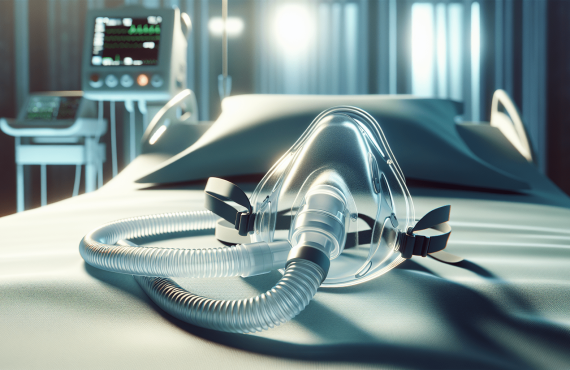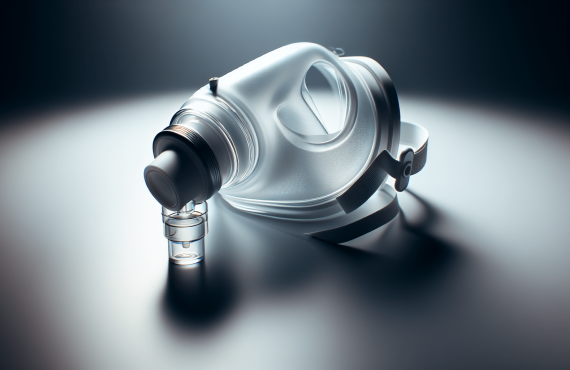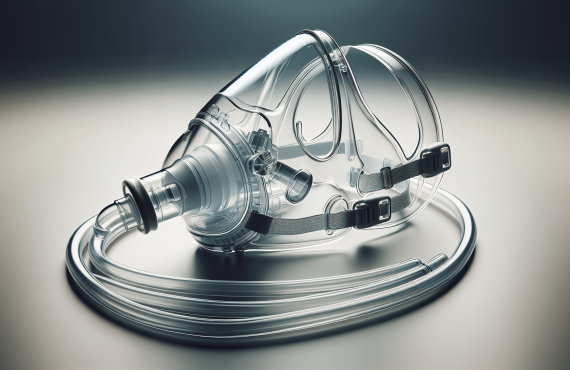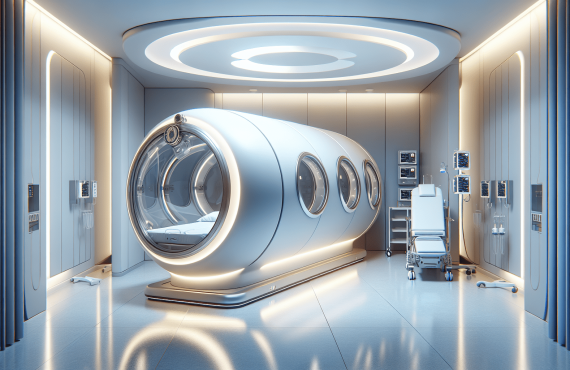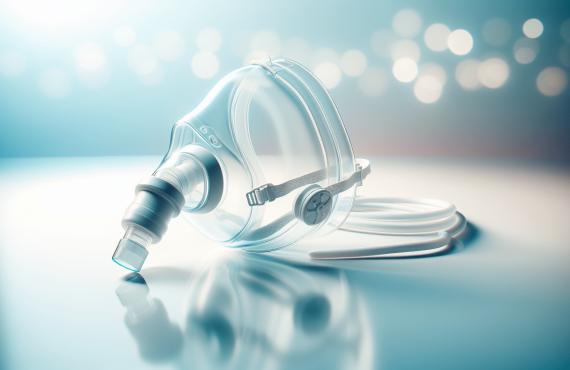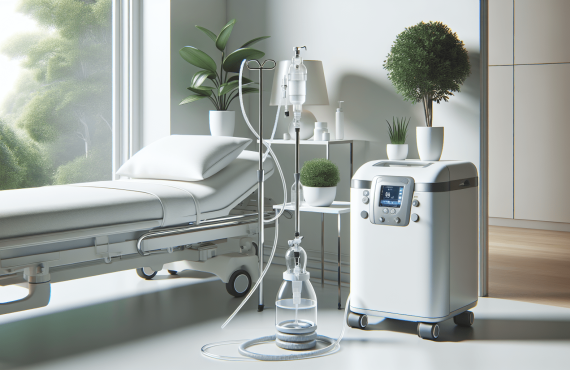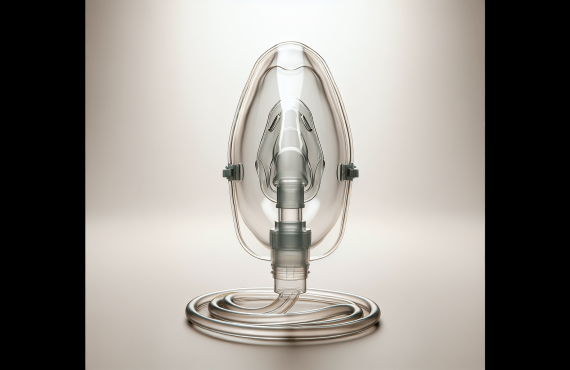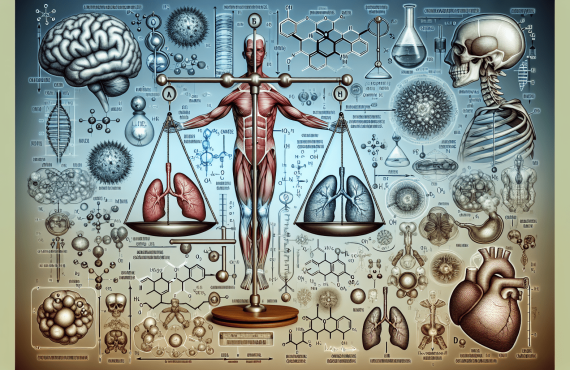Have you ever wondered at what point a person actually needs oxygen? This question might seem straightforward at first, but it delves into the heart of how our bodies function and survive. Every breath you take sustains life by delivering oxygen to every cell in your body. But, when is merely breathing air insufficient? Let’s unravel this intriguing question about the necessity of supplemental oxygen.
Table of Contents
Understanding Oxygen and Its Role in the Body
Oxygen plays a crucial role in your body’s survival and is involved in several processes. Every cell needs oxygen to produce energy, which powers countless bodily functions.
The Path of Oxygen
Inhaling oxygen is just the beginning. From your lungs, oxygen enters your bloodstream, binds with hemoglobin in red blood cells, and travels throughout your body. The cells use oxygen to create energy, and carbon dioxide is released as a waste product, which you exhale.
Oxygen Levels in the Blood
For your body to function optimally, your blood must have adequate oxygen levels. A percentage between 95 and 100 is considered normal. Levels between 90 and 95 might be concerning, while anything below 90 usually warrants medical attention.
When Normal Breathing Is Not Enough
Sometimes, despite all efforts, breathing normal air isn’t sufficient. This scenario could arise from various health conditions, environmental factors, or high altitudes.
Health Conditions Requiring Supplemental Oxygen
Certain medical conditions can limit the oxygen your lungs receive, causing you to need extra oxygen.
Chronic Obstructive Pulmonary Disease (COPD)
COPD is a major cause of chronic airway obstruction, affecting airflow in and out of the lungs. As it progresses, you may find it increasingly difficult to maintain healthy oxygen levels.
Pneumonia
Pneumonia causes inflammation in the lungs, filling them with fluid and inhibiting oxygen exchange. Supplemental oxygen can help your body contend with decreased oxygen levels.
Pulmonary Fibrosis
In conditions like pulmonary fibrosis, lung tissue becomes scarred, making it hard for oxygen to get into the bloodstream. Supplemental oxygen can alleviate some symptoms.
Sleep Apnea
In severe sleep apnea, pauses in breathing during sleep can lower oxygen levels significantly, leading to daytime drowsiness and other health issues. Supplemental oxygen might be recommended to ensure steady oxygen supply during sleep.
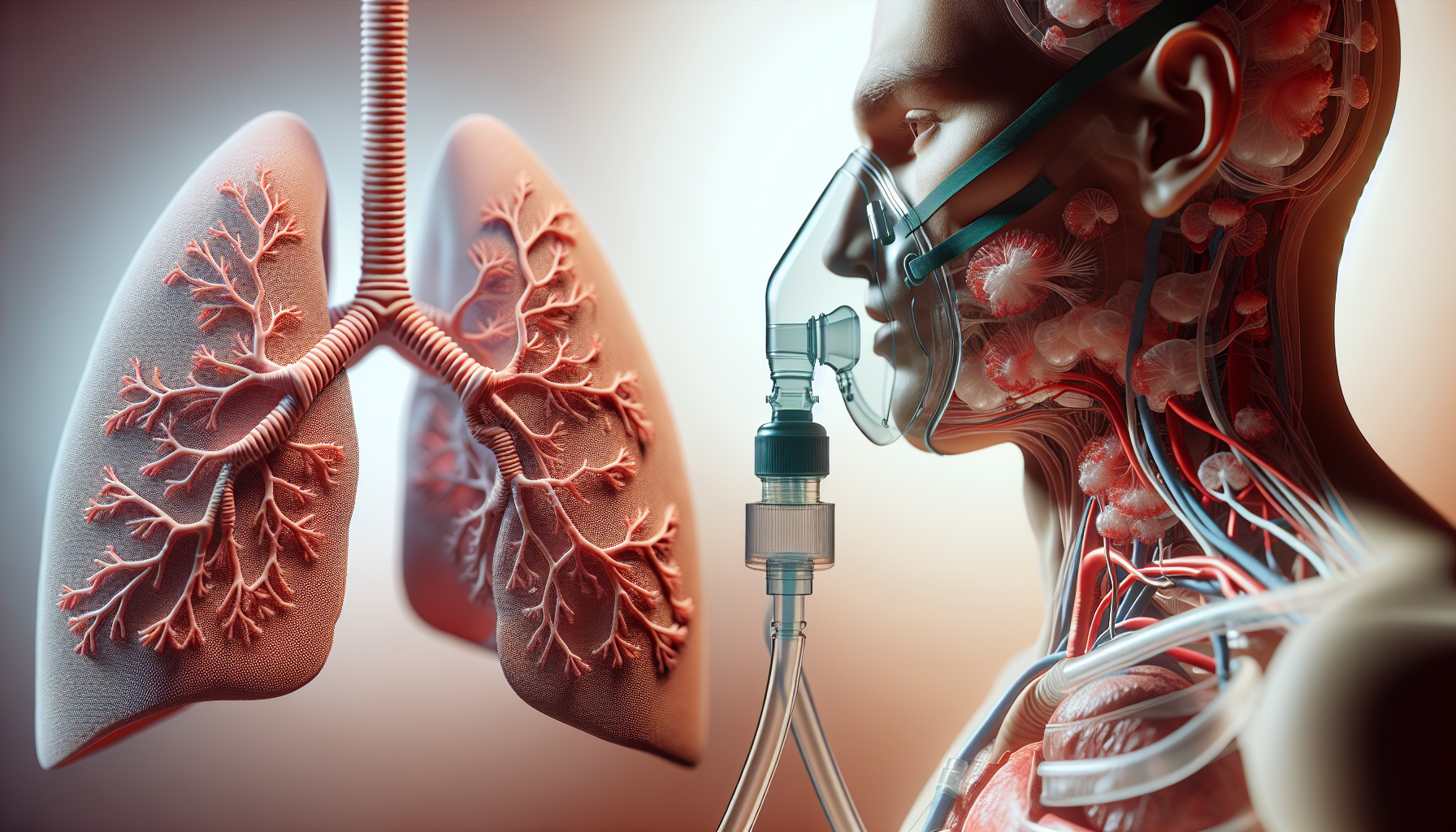
Environmental and Situational Oxygen Needs
Apart from medical conditions, external factors can also dictate the need for supplemental oxygen.
High Altitude
At high altitudes, the air contains less oxygen, which can lead to altitude sickness. Those who ascend too quickly may experience headaches, fatigue, and other symptoms due to lower blood oxygen levels.
Temporary Illnesses
Even temporary illnesses, like severe asthma exacerbations or bronchitis, might lead to short periods where extra oxygen is beneficial.
Benefits of Supplemental Oxygen
Getting additional oxygen can immensely improve your life quality and overall health, especially if you have conditions causing lowered oxygen levels.
Enhanced Energy Levels
When your body gets sufficient oxygen, it can produce energy more effectively, reducing fatigue and increasing your stamina for daily activities.
Improved Mental Function
Oxygen influences brain function, and adequate supply enhances cognitive abilities, helping you think more clearly.
Better Sleep Quality
Those using oxygen treatments often report improved sleep quality, particularly when transitioning to using it for sleep-related breathing issues.

Hyperbaric Oxygen Therapy (HBOT)
Hyperbaric Oxygen Therapy is a treatment that allows you to breathe pure oxygen in a pressurized chamber. Let’s explore how this therapy works and its benefits.
How HBOT Works
In a hyperbaric chamber, the oxygen level is 100%, and the pressure is higher than normal atmospheric conditions. This setup allows much more oxygen to dissolve in your blood, which can reach areas that are normally oxygen-starved.
Applications of HBOT
HBOT is used to treat various conditions, including decompression sickness (commonly known as “the bends”), serious infections, and wounds that won’t heal because of diabetes or radiation injury.
Lifestyle and Supplementary Oxygen
Integrating supplemental oxygen into your lifestyle might seem challenging at first, but many find it only improves their capabilities and quality of life.
Adapting to Oxygen Therapy
You might worry about using oxygen affecting daily activities, but most people adjust quickly. Portable oxygen tanks and concentrators make it convenient to remain mobile while ensuring you receive the oxygen you need.
Physical Activities
Those undergoing oxygen therapy can usually continue to exercise, often with better endurance due to improved oxygen levels.
Addressing Common Questions about Oxygen Needs
It’s normal to have questions when considering supplemental oxygen. Here are a few you might find helpful:
FAQ: Can you become addicted to oxygen therapy?
Oxygen itself is not addictive. However, feeling physically dependent on it when your body notices the difference in energy or comfort might occur.
FAQ: How can I tell if my oxygen levels are too low?
Symptoms such as shortness of breath, fatigue, and confusion can signal low oxygen levels. Devices like pulse oximeters can measure your levels effectively.
FAQ: Can I travel if I need supplemental oxygen?
Yes, many people travel using portable oxygen units. It’s essential to plan ahead and check with airlines and accommodations regarding oxygen use.
FAQ: Is staying on oxygen therapy indefinite?
It depends on your condition. Some health issues require long-term oxygen use, while others might be temporary.
FAQ: Is hyperbaric oxygen therapy safe?
Yes, when administered by medical professionals, HBOT is safe with few side effects. It’s crucial to follow guidelines.
Conclusion
Understanding the need for oxygen is crucial when your body doesn’t receive enough through natural means. Whether due to medical conditions or environmental factors, addressing low oxygen levels can significantly benefit your health. If you’re considering options like supplemental oxygen or hyperbaric therapy, it’s wise to seek advice from a healthcare provider. For professional advice, you might want to contact Henry Chiropractic in Pensacola.
Additional Support
Henry Chiropractic provides a resource for those looking to enhance their health through chiropractic care and understanding treatment options for oxygen needs. You can reach out to:
Henry Chiropractic
1823 N 9th Ave
Pensacola, FL 32503
(850) 435-7777
Visit Their Website


